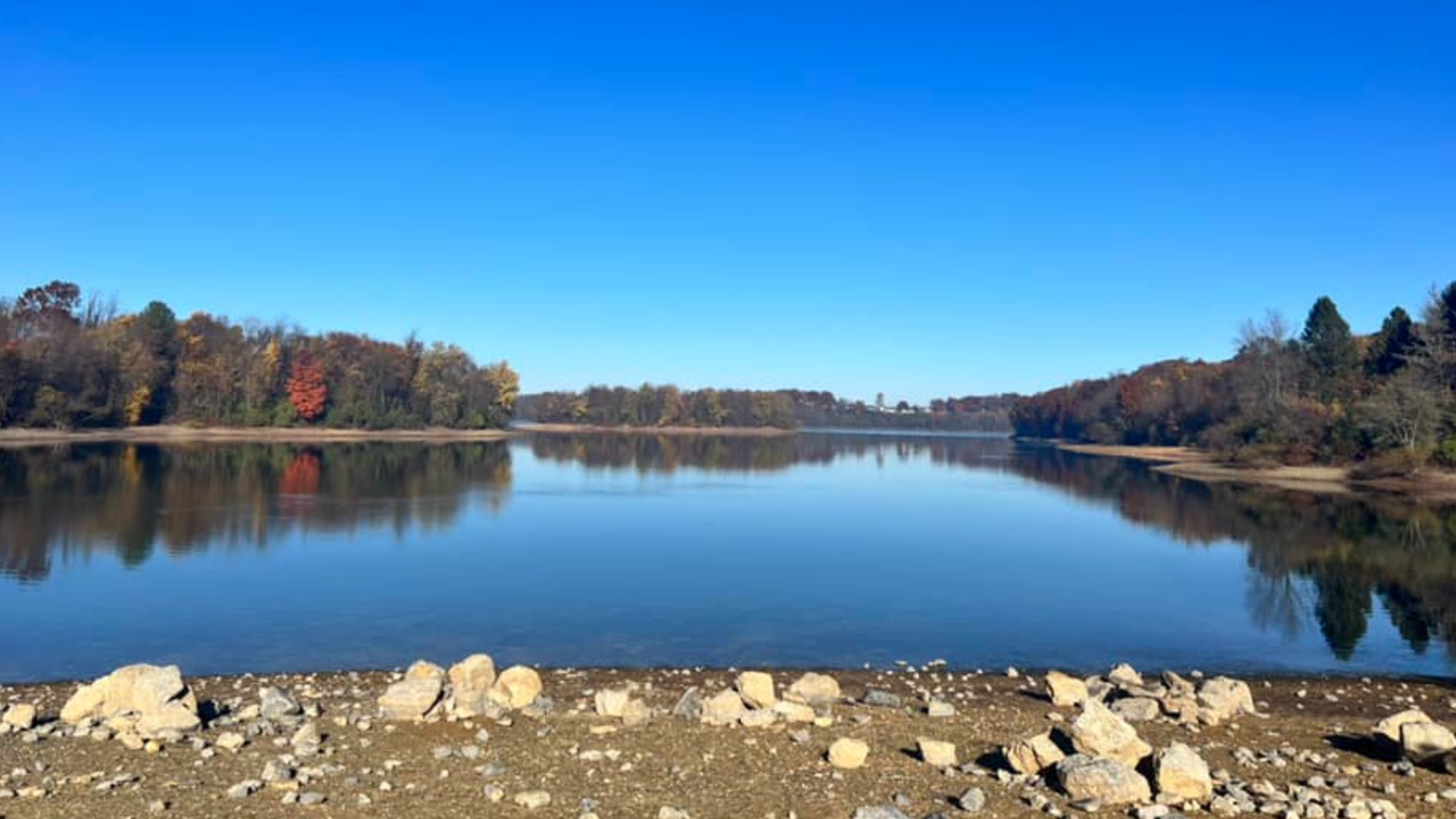HANOVER, Pa. — Restoration of watersheds continues to be top of mind in Pennsylvania as local streams and creeks suffer from pollution and erosion.
Funding from the Environmental Protection Agency has been allocated by the Pennsylvania Department of Environmental Protection (DEP) to help reverse the impacts.
“It's really all about local water quality. If we are improving it, one stream section at a time, that is going to show a big difference down the road," said Emily Neideigh, a water specialist for the York County Conservation District.
Over $500,000 of funding has been given to York County through the Department of Environmental Protection Section 319 Nonpoint Source Management Grants Program.
The DEP says that this program supports best management practices specified in plans for watersheds statewide, with added consideration for projects in Pa.’s share of the Chesapeake Bay Watershed.
Lebanon, Lancaster, and Dauphin counties have also received sums of money to target what is referred to as nonpoint pollution.
“Nonpoint pollution can’t be traced back to a specific source. The point source is pretty straightforward. You’re taking pipes from industrial plants that you can physically go out and say, 'the plant is dumping X pollutants into the water.' Nonpoint is a little more up in the air, it’s a lot harder to track,” said Neideigh.
In York County, officials will be working to combat issues within the southern branch of Codorus Creek.
“The Codorus Creek is the highest pollutant loading watershed in York County, which was determined many years ago through the process of data collection and sampling,” said Neideigh.
The DEP says this project annually will remove 6,000 pounds of nitrogen, 10,200 pounds of phosphorus, and 72.8 tons of sediment from that stretch of stream.
Neideigh also says that the project will help mitigate erosion along the banks, resulting in increased flood resiliency.
“Pennsylvania has the most stream isles behind the state of Alaska, so we are up there with the sheer volume of water resource that we have, and we want to do whatever we can to protect that and make sure that something future generations can have access to,” said Neideigh.

